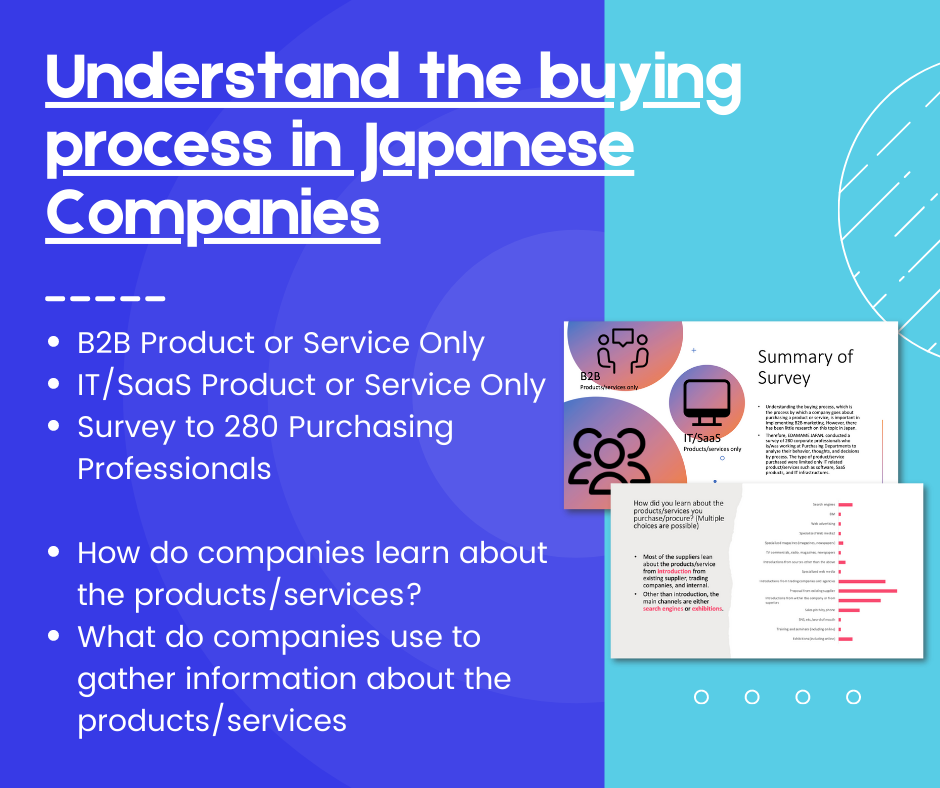Japanese Advertising: A Deep Dive into Its Unique Design, History, and Cultural Influence

Japanese advertising is not just a tool for selling; it reflects the nation’s heart and soul. From bustling Tokyo billboards to subtle countryside ads, they weave a tale of tradition, innovation, and cultural values.
This article delves into the unique world of Japanese advertising, exploring its significance and what it reveals about Japan’s character.
Overview of the Cultural Significance of Japanese Advertising
In Japan, ads blend old traditions with fresh ideas. They don’t just promote a product. They tell a story. They aim to connect and leave an impression. It’s not just about commerce; it’s an art form.
Insights into the Nation’s Character and Values through Japanese Advertising
To understand Japan, look at its ads. They reflect what’s important to its people. Themes like family, nature, and community often shine through. For example, a car ad might focus more on a family’s journey than the car itself. It’s about the shared moments, not just the product specs.
Japanese advertising also showcases the nation’s humor and love for innovation. There’s a strong emphasis on quality, trust, and authenticity. Whether it’s a celebrity in a quirky commercial or a simple ad about a handcrafted item, the core message remains: Japan values genuine quality.
The Unique Aesthetics of Japanese Advertising Design
Japanese advertisements possess a distinct charm and character. They capture attention, sometimes unexpectedly, making them intriguing to local and global audiences.
Minimalist Design Principles
Japanese advertisements are known for their simplicity. They avoid clutter, ensuring the viewer’s attention is drawn to the core message.
This minimalist approach is evident in the clean designs they favor, with ample white space accentuating the primary elements. Such designs are not just about clarity; they exude a sense of delicacy.
The color palette in Japanese ads often leans towards the softer side. Instead of relying heavily on bright and bold colors, there’s a noticeable preference for gentle pastel tones.
These colors evoke feelings of calmness and serenity, aligning with the overall aesthetic of many Japanese designs.
Examples of Minimalist Design Principles in Japanese Advertising
Japanese advertisements are known for their simplicity. They avoid clutter, ensuring the viewer’s attention is drawn to the core message. A prime example of this is the advertising campaigns by MUJI. Known for its minimalist products, MUJI’s advertisements often feature a single product against a plain background, allowing the product itself to shine without any distractions.

This minimalist approach is evident in the clean designs they favor, with ample white space accentuating the primary elements. For instance, Uniqlo often employs this design principle in its ads. A recent campaign for their AIRism line showcased the clothing items on a plain backdrop, emphasizing the product’s features and comfort without any unnecessary elements.

The color palette in Japanese ads often leans towards the softer side. Instead of relying heavily on bright and bold colors, there’s a noticeable preference for gentle pastel tones. Shiseido, a renowned Japanese cosmetics brand, often uses soft pinks, blues, and whites in its advertising campaigns. These colors highlight the product and evoke feelings of calmness and serenity, aligning with the overall aesthetic of many Japanese designs.

Symbolism and Storytelling
Narratives play a crucial role in Japanese advertising. Rather than relying solely on direct messages, these ads employ symbols and imagery to convey deeper meanings.
A cherry blossom, for instance, might not just represent the flower itself but could symbolize new beginnings or the fleeting nature of life.
The digital revolution has yet to be lost on Japanese advertisers. The rise of virtual characters and digital influencers is a testament to Japan’s adaptability.
These digital personas resonate with the younger generation, seamlessly blending traditional storytelling with modern digital appeal.
Examples of Symbolism and Storytelling Japanese Advertising
Narratives play a crucial role in Japanese advertising. Rather than relying solely on direct messages, these ads employ symbols and imagery to convey deeper meanings. A classic example is Suntory’s whiskey advertisements. Instead of just showcasing the drink, they often depict serene landscapes, traditional Japanese settings, or the aging process of the whiskey, symbolizing the passage of time and the beauty of nature.
Another notable instance is Nissin’s Cup Noodle advertisements featuring virtual pop star Hatsune Miku. In these ads, Hatsune Miku, a Vocaloid, is seen enjoying the noodles, singing, or even interacting in a world crafted around her.
By integrating a virtual idol known and loved by many, Nissin taps into a vast fanbase, making their product more relatable to a younger, digitally-savvy audience. The blend of catchy music, vibrant visuals, and a familiar digital face makes the advertisement both memorable and engaging.
Historical Evolution of Japanese Advertising
Japanese advertising boasts a rich tapestry of history. Over the years, it has seen significant transformations, yet some foundational elements remain steadfast. Let’s explore this fascinating journey.
Traditional Mediums
In the heart of Japanese cities, large street billboards have been a common sight for decades. They’ve been a primary method of reaching the masses. Alongside these billboards, mascots have played a pivotal role.
Many Japanese companies adopt endearing characters to represent their brand, making them more approachable and memorable to the public.
However, as the digital age dawned, there was a noticeable shift. Traditional advertising mediums began to make way for digital and social media campaigns.
Platforms like Twitter and Instagram became the new advertising hub, allowing companies to engage with audiences in real-time and on personal devices.
Related Article:
Role of Creativity
One of the hallmarks of Japanese advertising is its unparalleled creativity. It’s not merely about conveying a message; it’s about leaving an indelible mark on the viewer’s mind.
Attention to detail is paramount. Every facet of an advertisement, from the chosen colors to the background music, is meticulously crafted. The goal is to evoke a specific emotion or sentiment, ensuring the ad resonates deeply with its audience.
Furthermore, aesthetic appeal is a cornerstone of Japanese advertising. Rooted in a culture that values beauty and harmony, advertisements are often visual masterpieces.
They’re designed to inform and captivate, reflecting the essence of Japanese appreciation for art and design.
Aesthetic appeal is deeply ingrained in Japanese advertising, and Issey Miyake’s perfume advertisements are a testament to this. Their ads often feature intricate choreography, mesmerizing visuals, and artistic interpretations of the scent.
It’s less about the product’s specifics and more about the experience and emotion it promises. These ads are informative, visual, and auditory masterpieces, reflecting Japan’s deep appreciation for art, design, and beauty.
Cultural Comparisons: Japan vs. The West
When we delve into advertising, stark differences emerge between Japanese and Western approaches. These differences are deeply rooted in cultural values and communication styles.
Communication Styles
Japan is known for its high-context communication. Much of the message is understood through context, shared knowledge, and non-verbal cues rather than explicit words. It’s a style that requires mutual understanding and a shared cultural background.
On the other hand, Western cultures often lean towards low-context communication. Here, messages are usually explicit, with most information conveyed directly through words.
The Japanese advertising realm reflects this high-context style. There’s a clear preference for indirect and symbolic messaging. An ad might not spell everything out but instead relies on the viewer to interpret the more profound meaning or emotion.
A classic example is the Asahi beer commercials. Instead of explicitly stating the beer’s qualities, many of their ads focus on the experience of enjoying the beer.
Scenes of friends gathering and sharing moments and the ambiance of the setting convey the message more than words ever could. The viewer understands the emotion and context, even if the product details aren’t explicitly mentioned.
Direct vs. Indirect Messaging
Western advertising is typically more direct. If they’re selling a product, they’ll tell you its features, why it’s good, and why you should buy it. It’s straightforward and to the point.
In contrast, Japanese ads often take a more roundabout approach. They might focus on the feeling the product gives or a story related to it. It’s less about the product’s specifics and more about the experience around it.
This indirect style is deeply tied to cultural values. In Japan, there’s an emphasis on harmony, subtlety, and reading between the lines. It’s about more than what’s being said, but also what’s left unsaid. This philosophy shapes their advertising strategies, making them uniquely captivating and layered.
A memorable example is Toyota’s “Start Your Impossible” campaign in Japan. Instead of focusing solely on the car’s features, the ads showcased individuals overcoming personal challenges and achieving their dreams, with the car playing a supportive role in their journey. The emphasis was on the emotions and stories, with the car seamlessly integrated into these narratives.
For more detailed research, please refer to “A Study of Cultural Comparison between American and Japanese Advertisement“
Modern Trends in Japanese Advertising
While deeply rooted in tradition, Japanese advertising resists change. As the global advertising landscape evolves, Japan adapts, embracing new trends while maintaining its unique essence.
Influence from the West
The West has always inspired and influenced many cultures; Japan is no exception. One notable trend is the increasing use of image-based ads in the U.S., which draws inspiration from Japanese aesthetics.
These visually-driven ads prioritize imagery over text, creating a more immersive experience for the viewer.
Conversely, Japan has also been absorbing some Western advertising traits. There’s a noticeable rise in provocative and comparative ads.
Unlike the traditional subtle approach, these ads are bolder, directly comparing products or making solid statements to capture attention.
Story-Driven Commercials
Japanese commercials have always been about stories. But the narrative approach has become even more pronounced in recent years.
These story-driven ads aim to evoke emotions, ensuring a deeper connection with the audience. The result? Better consumer engagement and stronger brand recall.
A fascinating trend in this realm is the inclusion of Hollywood actors in Japanese commercials. From Leonardo DiCaprio promoting a credit card to Tommy Lee Jones as an alien in a coffee ad, these commercials leverage the actors’ global appeal.
For the Japanese audience, seeing familiar Hollywood faces in local ads creates a blend of the exotic and the familiar, making the commercials even more memorable.
The Future of Japanese Advertising
As with many industries, the advertising world is ever-evolving. Japan, with its unique blend of tradition and innovation, is poised to navigate these changes in its distinctive way.
Technological Advancements
The digital age has brought about a plethora of new platforms and techniques for advertisers. Japan, always at the forefront of technology, is quick to embrace these changes. The possibilities are expanding from augmented reality experiences to interactive social media ads.
Yet, even as they adopt modern methods, there’s a conscious effort to retain the essence of traditional Japanese advertising.
It’s not uncommon to see a digital ad that draws heavily from traditional themes or aesthetics. This blend of the old and the new ensures that the core values and storytelling principles remain intact even as the medium changes.
Predictions for Upcoming Trends
Peering into the future, several predictions can be made about the direction of Japanese advertising. As global platforms like TikTok and virtual reality spaces become more mainstream, Japanese advertisers will likely tailor their strategies to these new mediums.
Furthermore, with the increasing importance of personalization in advertising, we might see more ads tailored to individual preferences and behaviors. This could be achieved through data analytics and AI-driven insights.
However, no matter the platform or technique, one thing is certain: Japanese advertising will continue to prioritize storytelling, aesthetics, and cultural values, ensuring that their ads remain as captivating as ever.
Conclusion
With its unique blend of tradition and innovation, Japanese advertising has left an indelible mark on the global stage. Its influence extends beyond its borders, inspiring advertisers worldwide with its storytelling prowess, aesthetic brilliance, and deep cultural roots.
The world often looks to Japan for trends, and advertising is no exception. From the minimalist designs that have inspired Western brands to the narrative-driven commercials that tug at heartstrings globally, the significance of Japanese advertising cannot be understated.
Yet, what truly sets Japanese advertising apart is its ability to evolve. As the world changes, so does the realm of advertising in Japan. Whether adapting to new technological platforms or reshaping strategies in line with cultural shifts, Japanese advertising remains fluid, dynamic, and ever-relevant.
In essence, Japanese advertising is more than just a medium to sell products; it reflects a nation’s heart, values, and vision for the future. As we look ahead, one thing is clear: Japanese advertising will continue to inspire, captivate, and resonate with audiences, both at home and abroad.
If you’re looking to navigate the intricacies of the Japanese market with precision and cultural insight, Edamame Digital Marketing Japan is your ideal partner. Offering tailored B2B marketing strategies, from search engine marketing to social media advertising, their Tokyo-based team bridges the gap between global brands and the Japanese audience. Experience the power of culturally nuanced, in-house marketing solutions with Edamame.
About us and this blog
We are a digital marketing company with a focus on helping our customers achieve great results across several key areas.











